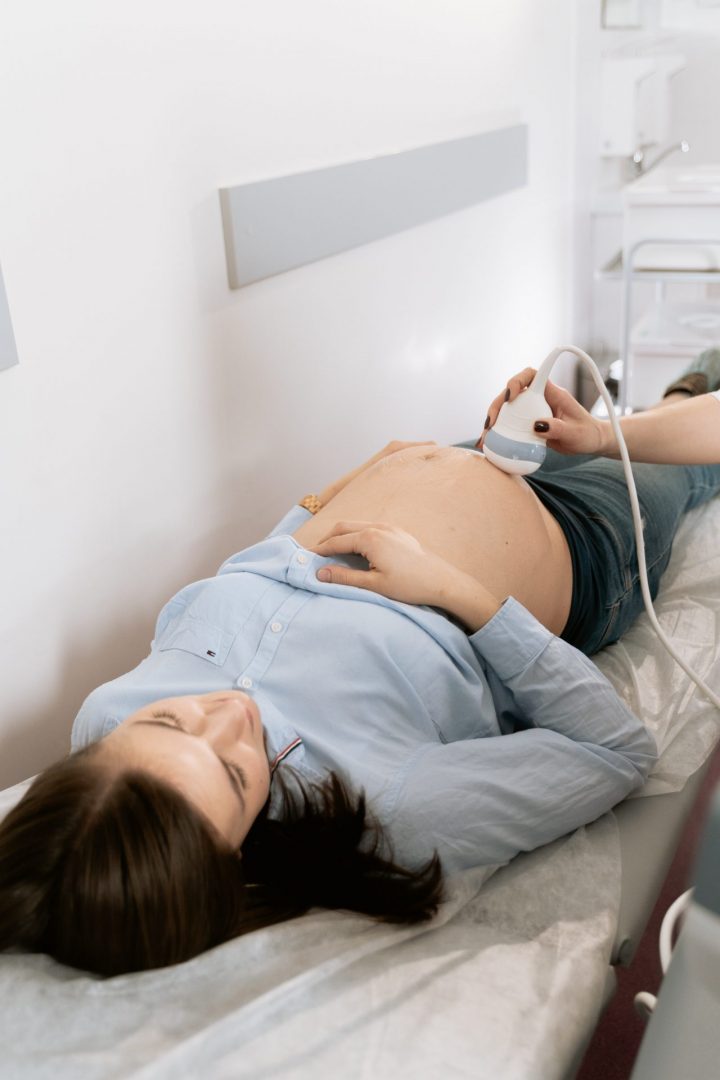Gestational diabetes: What is it and How Can I Manage It?
Most people know about Type 1 and Type 2 Diabetes. Type 1 Diabetes is a condition that is usually diagnosed in childhood – it’s characterised by the pancreas being unable to produce enough insulin to process glucose into energy (Osborn, 2022). Whereas Type 2 Diabetes can be due to the underproduction of insulin or due to an issue with using the insulin your body produces (Osborn, 2022). This usually occurs later in life due to poor diet and lack of exercise. Regardless, both result in too much glucose in the bloodstream that the body can’t access. However, there is in fact a third type of diabetes that is less known: gestational diabetes.
What makes gestational diabetes different from Types 1 and 2 Diabetes?
Types 1 and 2 Diabetes can occur in everyone, regardless of gender, race, or age. However, gestational diabetes only occurs in pregnant people, often in the second or third trimester, although it is possible for it to appear in the first trimester. Unlike Types 1 and 2 Diabetes, gestational diabetes is not a chronic condition, as it usually resolves itself after the birth of the child.
What are the signs of gestational diabetes?
Gestational diabetes can often go overlooked. Most of the time this condition does not produce any noticeable symptoms. In fact, it’s often caught during screening blood work (NHS, 2019). This is why it’s very important to go in for your regular checkups with your doctor or midwife during your pregnancy.
Much like other types of diabetes, gestational diabetes can be noticed through excessive thirstiness, increased need to urinate, feeling tired, and a dry mouth (CDC, 2021). These are signs of a hyperglycemic state, where your blood sugar is too high. However, you might have noticed that many of these symptoms are characteristic of pregnancy already! This can potentially lead to some people dismissing these symptoms, which can cause complications with their pregnancy. Consulting with your doctor is the best way to make sure you are staying on top of your and your child’s health.
How can this affect my child?
During most cases of gestational diabetes, pregnancy goes along normally and a healthy baby is birthed. However, there are some potential complications due to this condition. Gestational diabetes can result in an increased amount of amniotic fluid in the womb, or in a larger than usual foetus, both of which can result in issues at birth. This can mean that induced labour or a caesarean section may be necessary, or that there is an increased likelihood of premature birth (NHS, 2019).
It is also possible that your child may have issues with jaundice post birth. Jaundice is a condition that is developed through low blood sugar and can result in yellowed skin and whites and would require treatment at the hospital (CDC, 2021).
Furthermore, you can develop preeclampsia, a condition characterised by high blood pressure during pregnancy. This can lead to complications in your pregnancy and birth.
So, what can I do about it?
Firstly, be aware of any family history of diabetes of any type in your family. Those that already have this family history are more likely to develop gestational diabetes. Secondly, make sure that you are eating healthily and exercising regularly, even during your pregnancy, as gestational diabetes is much more common in people who are of a higher weight (NHS, 2019). Finally, and most importantly, make sure that you are going to your neonatal appointments and screening for gestational diabetes. There is very little you can do to prevent gestational diabetes from developing, but screening for it is the best way to stay on top of it.
If you do have gestational diabetes, then you will likely be given a blood sugar testing kit and an insulin prescription to keep track of and manage your blood sugar levels. After your birth, you should periodically check your blood sugar levels with your primary care doctor as gestational diabetes can develop into Type 2 Diabetes.
Remember, gestational diabetes is actually very common (around 4-5 in 100 women develop it during their pregnancy) and is usually easily resolved! Use this information to make sure that you have a healthy pregnancy and a healthy baby.
If you’d like to speak to a professional about this, you can book an appointment here.
Genevieve Wight is an intern and volunteer at Willingness. She is currently completing her Masters in Health and Medical Psychology at Leiden University.
References
NHS. (2019). Overview of gestational diabetes. NHS choices. Retrieved August 4, 2022, from https://www.nhs.uk/conditions/gestational-diabetes/
Centers for Disease Control and Prevention. (2021, August 10). Gestational diabetes. Centers for Disease Control and Prevention. Retrieved August 4, 2022, from https://www.cdc.gov/diabetes/basics/gestational.html
Osborn, C. O. K. (2022, July 1). What are the differences between type 1 and type 2 diabetes? Healthline. Retrieved August 4, 2022, from https://www.healthline.com/health/difference-between-type-1-and-type-2-diabetes







